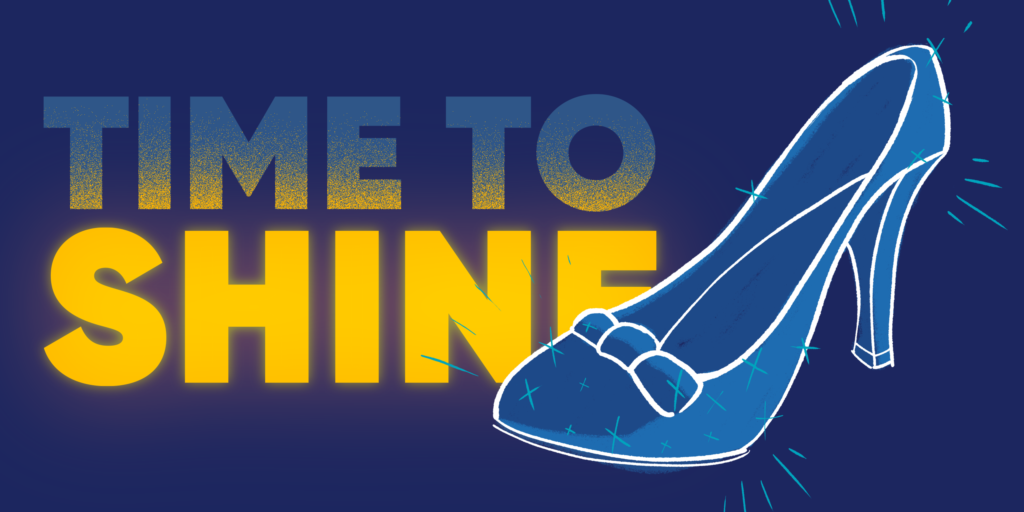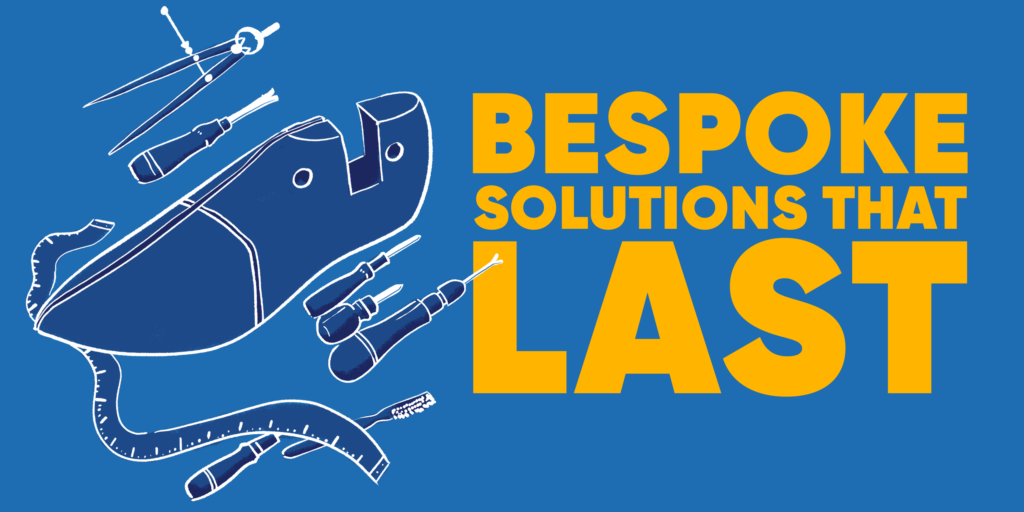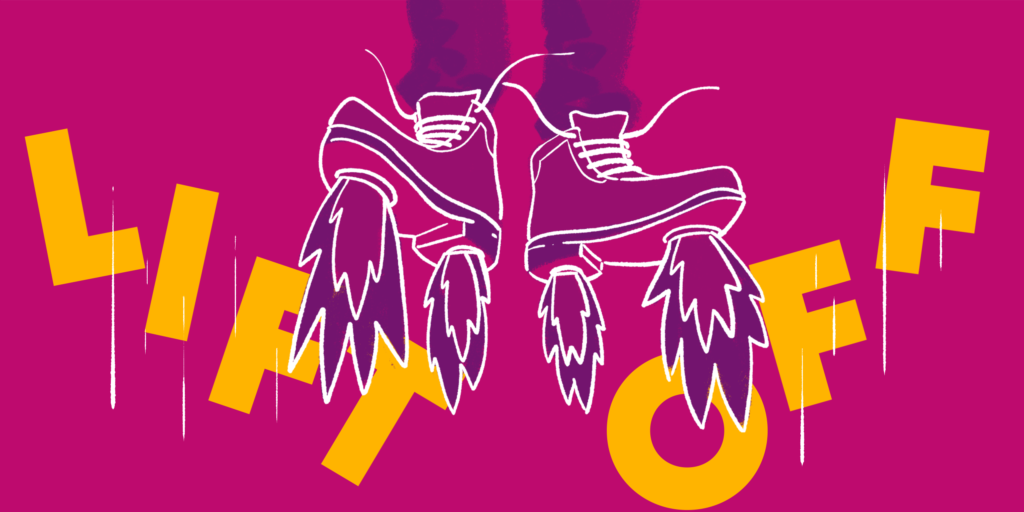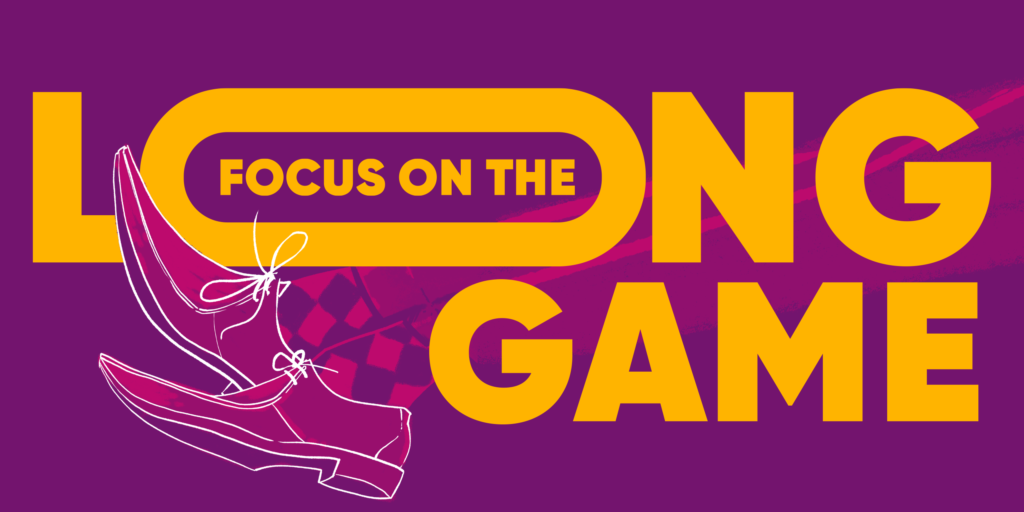The power of digital has saved us as a nation, enabling organisations, colleagues, communities, friends and families to stay connected through a period of dramatic disruption. We now have a better understanding of the value that digital can bring to us, both as individuals and collective communities. A rare opportunity has been created for organisations to connect humans and digital much more closely – paving the way forward together as a truly social enterprise.
It seems every organisation has been racing to become more ‘digital’ over the years, but have we ever stopped to understand what it means to us individually and to different groups of people? Have you stopped to think about what being ‘more digital’ means to you?
For executives, digital transformation may mean new technology platforms and using data-driven insights to make better decisions. For millennials and Gen Z, the ability to switch between apps, influence an audience and have a platform for their voice to be heard. For others, it may be purely using a smartphone, or engaging with customers in new, innovative ways. None of these are incorrect – it can mean so many different things to each of us, but no wonder such varied perspectives make alignment and a common vision very tricky for a leadership team.
Pioneering a digital future
The pandemic accelerated every transformation, especially digital, and emphasised a need for every executive team to revisit their vision of the future and the role digital plays in it – a future which is upon us much faster than we expected. We are seeing a shift for leaders from an inward-facing defence position to one that has to be leading the attack with their teams. The big challenge is to build resilient businesses and create a customer experience that is not only digital but also human and personal.
Take Spotify, which is leading the way on this: the top dog of the music streaming world, which focuses consistently on delivering a seamless, human user experience and building communities through playlists. It uses data analytics to personalise playlist content for us based on preferences and trends. Now it is taking bold strides to dominate the world of podcasting too. But what’s the secret behind its success?
Technology and humans are completely interconnected. Spotify’s revolutionary internal model of ‘squads and tribes’ has been an inspiration to many and allowed it to unite small, cross-functional teams behind a common purpose. This nimble approach has created a distinctive people culture which is strongly connected with the role of digital, allowing it to interact closely with customers and co-create new solutions at pace.
Unlock empowerment and purpose
Indeed, not every organisation can quickly implement a squads and tribes model but every organisation has a purpose to unite people and can use this to explore what digital means to them. In a recent study by Deloitte, 79 percent of respondents said “fostering a sense of belonging in the workforce” was important or very important in the next 12-18 months. As we move through to the recover and thrive phase of the current pandemic, purpose has never been so important to connect colleagues, helping them understand the role they play alongside digital and, as things change, ensure they feel empowered to prioritise and make decisions.
Focus on mindset
Digital is not just about the technology, it’s a mindset. It’s the behaviours we exhibit, the relationships we create and the attitude with which we approach our work. If leaders fail to bring people along the journey with them without context and a clear understanding of the part they play alongside digital, they risk chronic disengagement. Where people who are not upskilled nor empowered to adapt and experiment, organisations will be slow to act and will quickly lose relevance in the market.
Taking an open approach and creating a culture of continuous learning with the ability to move fast, change direction and innovate will be the difference between those that fail, those that survive and those that thrive. To do this, we need to galvanise people, set clear goals and connect to purpose – it is only then will people feel inspired to anticipate desired customer outcomes and bring fresh ideas to the table.
And connect your people…
Here are five things that are helping our clients to focus on connecting people to rethink what digital means to them, and ensure transformation is adopted at scale and pace:
- Authentic and visible leadership is critical to help to shape the future. There is nothing more powerful than seeing an Executive team aligned behind a compelling story which connects people to purpose – openly acknowledging challenges but also providing stability and hope
- Instil a culture of continuous learning and innovation where colleagues are encouraged to rapidly design and innovate, no matter what the level or part of the organisation they are in
- Tell stories – both stories of success, but also face failure head on. Don’t be afraid to discuss these as a team to help to connect colleagues on an emotional as well as a rational level
- Create cross-team communities to connect people in new ways, bridge silos which can develop more when working remotely,and help others to understand what is happening in other parts of the business
- Prioritise clear communication channels and collaboration tools. It is worth agreeing these as a wider team. After a period of remote working, it is beneficial to have a group conversation on what’s working and what’s not, to learn and focus on what to take forward for the future with a clear purpose for each.
A couple of thoughts to finish with:
Is your organisation connecting colleagues, customers and communities to a common purpose?
How is your organisation rethinking what digital means to them – what does it mean to you?
Let’s start a conversation, we’d love to hear from you.








